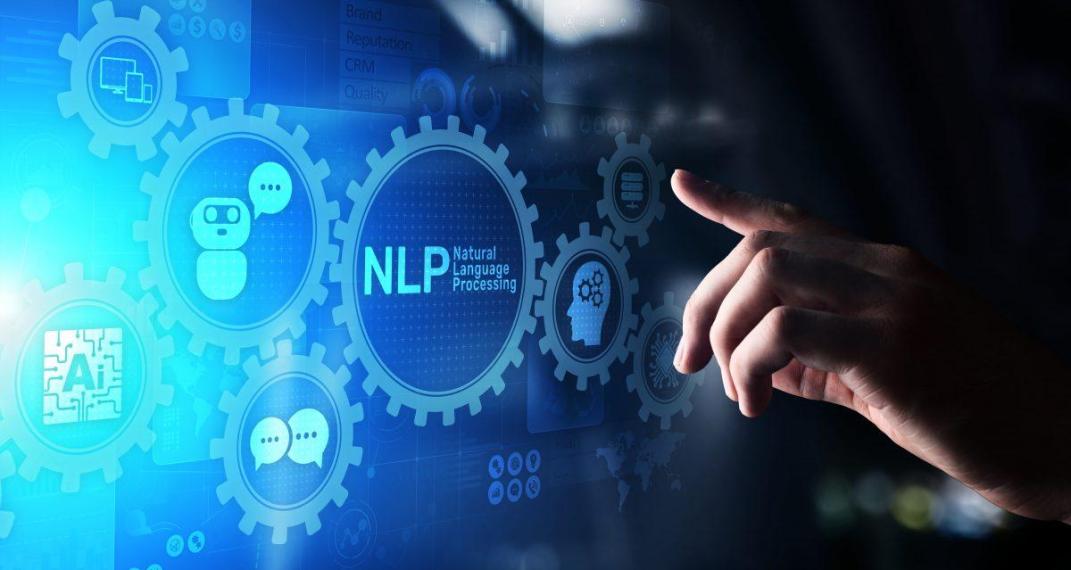How Can AI and Natural Language Processing Foster More Inclusive Communication?
In a world where communication is essential for progress and understanding, inclusivity plays a crucial role in ensuring that everyone has the opportunity to participate and contribute. Artificial Intelligence (AI) and Natural Language Processing (NLP) technologies hold immense potential to break down communication barriers and promote inclusivity in various ways.

Current Challenges In Inclusive Communication
Despite advancements in communication technologies, barriers still exist that hinder inclusivity. These barriers can manifest in various forms:
- Language Differences: With over 6,500 languages spoken worldwide, language diversity can pose a significant challenge to communication. Misunderstandings and misinterpretations can arise when individuals do not share a common language.
- Disability-Related Barriers: Individuals with disabilities, such as deafness or cognitive impairments, may face challenges in accessing and comprehending information presented in traditional formats.
- Cultural and Socioeconomic Factors: Cultural norms, socioeconomic disparities, and societal biases can also contribute to communication barriers, leading to marginalization and exclusion.
These barriers can have profound implications, leading to misunderstandings, discrimination, and marginalization. They can also hinder access to education, employment opportunities, and participation in civic life.
The Role Of AI And NLP In Fostering Inclusive Communication
AI and NLP technologies offer innovative solutions to address the challenges of inclusive communication. These technologies can:
- Break Down Language Barriers: Machine translation and real-time language interpretation can enable seamless communication between individuals who speak different languages, fostering cross-cultural understanding and collaboration.
- Enhance Accessibility for Individuals with Disabilities: AI-powered assistive technologies, such as text-to-speech and speech-to-text converters, can make information accessible to individuals with visual or hearing impairments.
- Promote Bias-Free Communication: Sentiment analysis and natural language understanding can help identify and address bias in communication, promoting fair and equitable interactions.
- Simplify Complex Information: Text summarization and simplification techniques can make complex information more accessible to individuals with cognitive disabilities or those with limited language proficiency.
Case Studies And Examples

Real-world examples showcase the positive impact of AI and NLP in fostering inclusive communication:
- Google Translate: Google Translate, a widely used machine translation service, enables communication across 109 languages, breaking down language barriers and facilitating global communication.
- Ava: Ava is an AI-powered captioning service that provides real-time transcripts of spoken conversations, making meetings and events accessible to deaf and hard-of-hearing individuals.
- Project Euphonia: Project Euphonia is a research initiative that aims to develop AI systems that can automatically generate text that is easy to read and understand for individuals with cognitive disabilities.
Challenges And Limitations
While AI and NLP offer immense potential for inclusive communication, challenges and limitations need to be acknowledged:
- Bias and Ethical Considerations: AI systems can perpetuate and amplify biases present in the data they are trained on, leading to unfair or discriminatory outcomes. Ethical considerations are crucial to ensure responsible and fair use of AI for inclusive communication.
- Data Quality and Availability: The accuracy and effectiveness of AI and NLP systems rely heavily on the quality and availability of data. Limited or biased data can hinder the development of inclusive AI systems.
- Technological Accessibility: Access to AI and NLP technologies may be limited for individuals in underserved communities or those with limited resources, exacerbating existing inequalities.
Future Directions And Opportunities

The field of AI and NLP for inclusive communication is rapidly evolving, with promising advancements on the horizon:
- Multilingual NLP: Research is ongoing to develop NLP systems that can handle multiple languages simultaneously, enabling more seamless cross-lingual communication.
- AI-Powered Assistive Technologies: AI-powered assistive technologies are being explored to provide personalized support for individuals with disabilities, enhancing their ability to communicate and interact with the world around them.
- Ethical AI Development: Researchers and practitioners are working to develop ethical guidelines and best practices for the responsible development and deployment of AI systems for inclusive communication.
AI and NLP technologies have the potential to revolutionize inclusive communication, breaking down barriers and creating a more equitable and inclusive society. By harnessing the power of these technologies responsibly and ethically, we can empower individuals from all backgrounds to participate fully in society, fostering understanding, collaboration, and progress.
YesNo

Leave a Reply